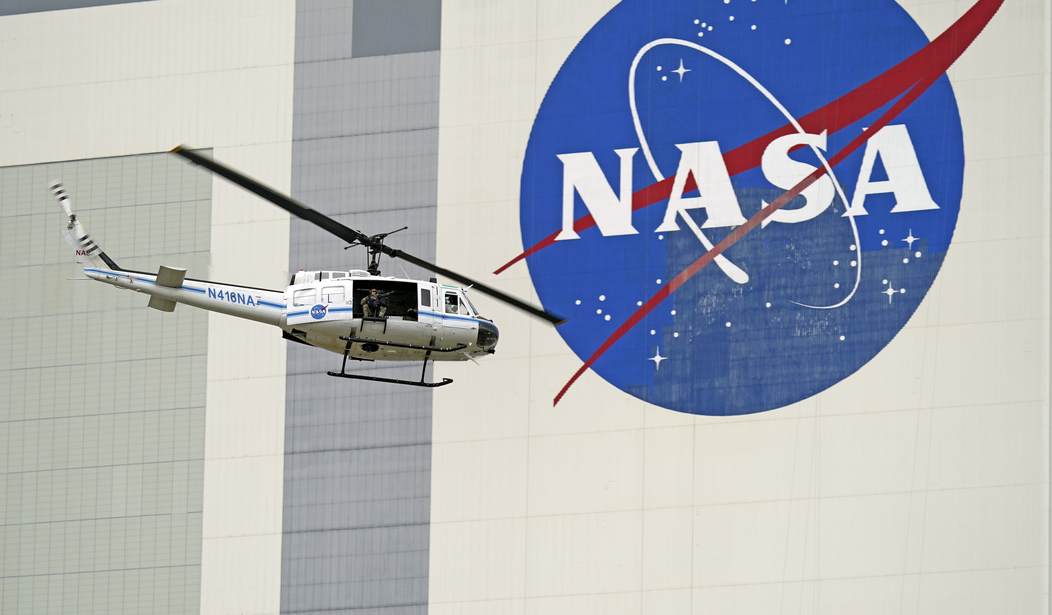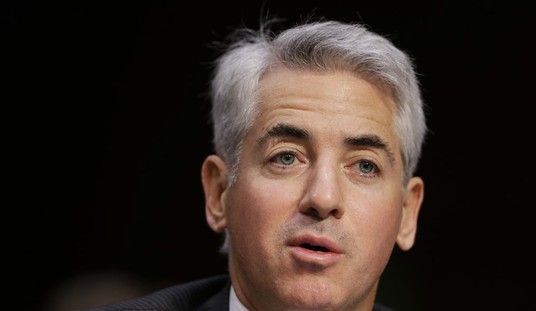Originally expected to make a decision this week on whether to bring astronauts Butch Wilmore and Suni Williams on their troubled Starliner space capsule, NASA today seems likely to push that back another week as they "juggle" ways to keep the capsule functioning weeks past its return date.
"We can juggle, make things work [longer], but it's getting harder," one NASA official said in response to a question during Wednesday's press conference about when a decision would finally be made. "The last week in August we should be making a call, maybe sooner."
Boeing's crewed Starliner flight test that lifted off on June 6 was scheduled for an eight-day stay aboard the International Space Station (ISS). The flight test had been delayed weeks due to a small helium leak in the service module's maneuvering thrusters, designed and built by Boeing subcontractor, Aerojet. The leak was small enough that engineers "got comfortable" with the launch rationale, and besides, helium is extremely leaky stuff.
Then things got worse.
Five malfunctioning maneuvering thrusters forced a one-hour delay in docking with the ISS after Starliner successfully reached orbit. Then more helium leaks developed. The good news is that four of the five failed thrusters were brought back online (out of a total of 28) and the helium leaks stopped (as expected) after Starliner docked and the thruster system was shut down.
Engineers conducting tests on the ground still don't fully understand what's going on with Aerojet's troublesome Teflon seals or whether the thruster issue might get worse. That's the reason for the ongoing decision-making delays.
But Relativity Space co-founder and former CTO Jordan Noone concluded Tuesday that Wilmore and Williams should "Definitely not" return home on Starliner.
Follow this exchange Noone had with Ars Technica Senior Space Reporter Eric Berger.
"I'm definitely *not* an engineer, so it is confusing to me why NASA, Boeing, and Aerojet are still struggling with the extrusion of Teflon seals in RCS thrusters after more than 20 years of recognition and analysis," Berger posted to X.
"I am an engineer and have the same confusion," Noone replied and then continued:
The vehicle was designed for the wrong duty cycle resulting in incorrect thermal analysis.
It’s fairly unprecedented to have such a critical component on an already crewed flight vehicle, that has completely incorrect analysis, resulting in significant thermal design violations.
The temperature bounds for these seals is very known. What is unknown is how much those bounds can be violated further if at all, on a vehicle in orbit where the current state and degradation can’t be inspected, with significant temperature violations prior in the mission, while still guaranteeing sufficient performance/reliability to carry crew.
When asked today whether the odds had increased since last week that Butch and Suni would have to wait until February and return to Earth with Crew-9 astronauts on a SpaceX Crew Dragon, another NASA official said, "I wouldn't say anything has really changed."
But neither, by NASA's own admission, has their understanding of what's plaguing those Starliner thrusters and whether they can be trusted well enough to fly two astronauts home.
Recommended: SpaceX Ties Another World Record Set by... Yeah, SpaceX
You need independent news and analysis, and we need to keep the server humming. So become a VIP or VIP Gold supporter during our 50% off SAVEAMERICA promotion and gain access to tons of exclusive content, including the twice-weekly "Five O'Clock Somewhere" video live chat with Stephen Kruiser and Yours Truly.










Join the conversation as a VIP Member